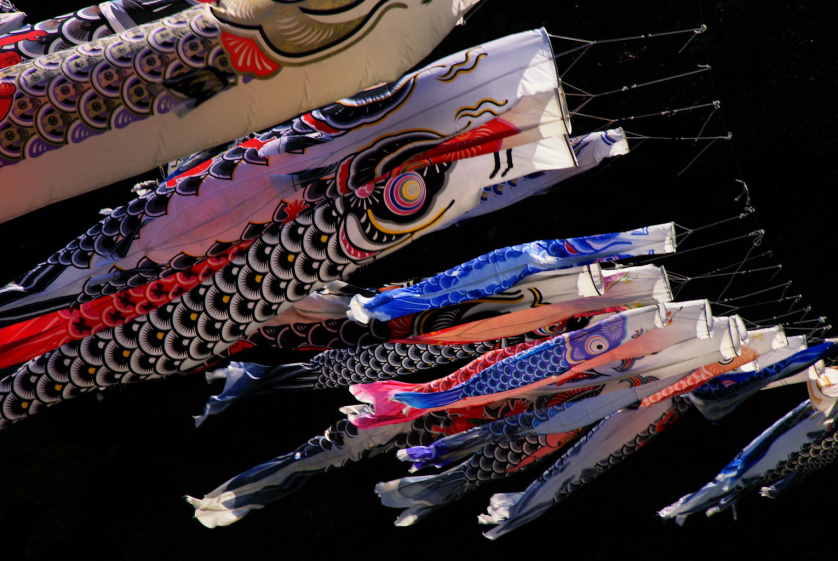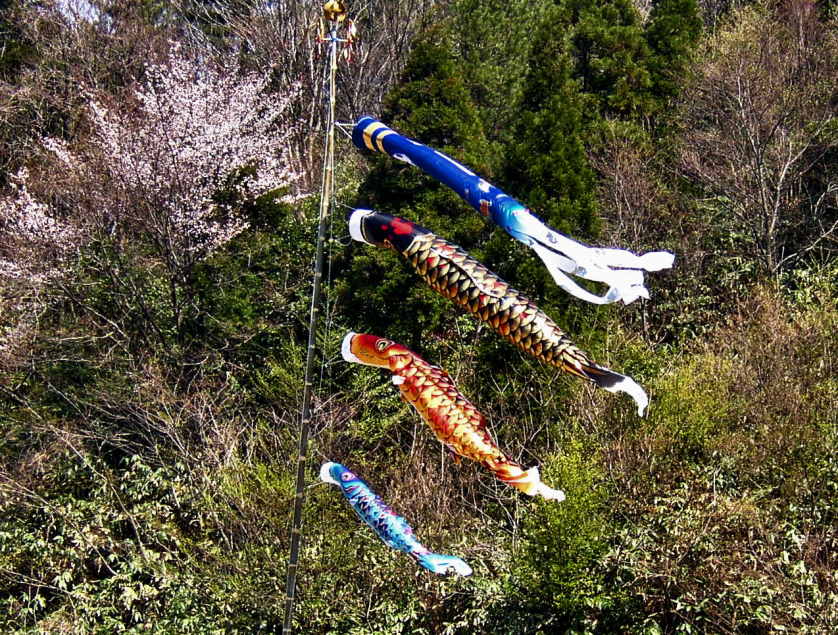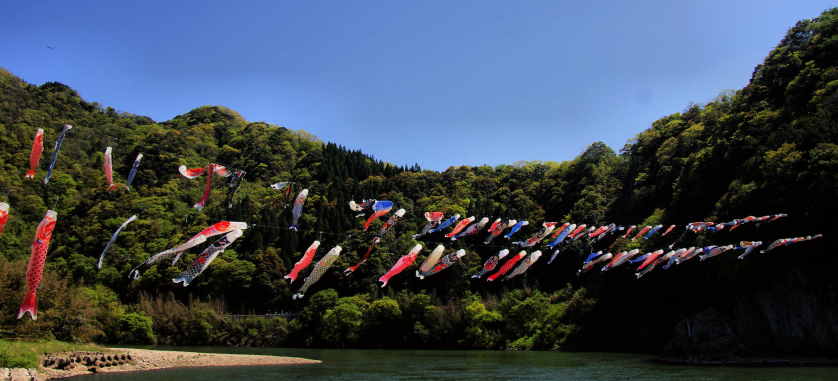Japanese Porcelain: Arita & Imari Ware 有田焼と伊万里焼
 |
| Monument for the historic porcelain trade in Imari Harbor |
Japanese porcelain was all the rage at the European royal courts in the 1700s as well as among rich traders who could afford to compete with the royals in terms of wealth.
Japanese porcelain, that meant highest-grade white pottery, colorfully underglazed with exotic patterns or equally exotic drawings of Asian landscapes and poetic scenes.
Japan had by then become a closed country, a country of mystery. No European royal could even dream of taking a trip there. Only the Dutch had a small trading post in Nagasaki and it was the Dutch who sold the Japanese porcelain to the European courts.
In fact, the fascination of the European courts with East Asian porcelain dated back much earlier, but in the 1600s, the Manchu started their invasion of Ming Dynasty China, leading to much turmoil and interrupting trade with the famed Chinese pottery.
Looking for an alternative to the treasured Chinese porcelain, the European royals discovered Japanese porcelain. It didn't have the tradition of going back in history a 1000 years or more as the Chinese pieces did but it appeared to come from a culture even more refined.
From the legendary Zipangu, a country about which Marco Polo had written some fabled hearsay.
Portuguese missionaries had their days in Japan in the 1500s but their accounts most likely didn't matter much to the European royals.
Who wants to hear about the struggles of Catholic monks if you can just hold a precious piece of fine porcelain in your hand and dream about its exotic origins?
Arita and Imari
Japanese porcelain was to a large part manufactured in the town of Arita, in today's Saga Prefecture, in north-west Kyushu, just a bit south of Fukuoka.
Arita was an inland town, however, and the ware was shipped through the port of Imari to Nagasaki from where the Dutch conducted their international trade.
Imari ware became the trade name of the porcelain even though most of it was manufactured in Arita.
 |
| Bridge at the entrance to Okawachiyama |
Okawachiyama Kilns in Imari
Imari did and still does however also have its own kilns producing high quality porcelain. Those are the kilns in Okawachiyama, a narrow valley close to a rich kaolin depot in the mountains just outside the town of Imari.
Today, the Okawachiyama Kilns are a major tourist attraction. People stroll the narrow lanes between the kilns, porcelain lovers hunt for bargains.
At the local porcelain shops, both decorative pieces and high-grade household wares are sold. On the latter, great discounts can be had if you choose some pieces with minor faults only a porcelain master would spot.
 |
| Street in Okawachiyama |
If you arrive on an off-season day with not many other visitors around, you may be able to strike up a conversation with some of the porcelain masters, them going with you through their kilns and explaining the traditional production process.
That production process has undergone very little changes since the days of European royalty as major customers.
 |
| Porcelain kiln in Okawachiyama |
Origins of Arita and Imari Ware
The origins of Arita and Imari wares are debated among historians. There is no doubt that the porcelain making techniques came to the area from the Korean peninsula. But how exactly?
The most commonly told story is that Lord Naoshige Nabeshima (1537-1619), the local ruler of Hizen Province, encompassing what are now Saga and Nagasaki Prefectures, participated in Hideyoshi Toyotomi's Imjin War (1592 - 1598). Hideyoshi had just about unified Japan and wanted now to expand his rule over the Korean peninsula. That attempt failed but Japan gained valuable cultural expertise as a result of that war.
Lord Nabeshima is said to have actively recruited Korean potters during his time in Korea and resettled them in his home domain.
One of them, a certain Yi Sam Pyong, is said to have stumbled over a kaolin deposit near Arita. Pure white kaolin is the base material for porcelain.
Starting in the late 19th century, Yi Sam Pyong became hailed as the legendary father of Japanese porcelain.
More recent research shows that Yi Sam Pyong did exist but most likely wasn't a trained potter and had no influence on the development of Japanese porcelain.
 |
| Ceramic tiles depicting historic Okawachiyama |
Another theory has it that small scale local rulers recruited Korean potters well before the Imjin War and that the kaolin deposits were discovered when those rulers prospected for possible gold deposits in their areas.
Be that as it may. What's documented is that Korean potters were in the area prior to the year 1600 and that Lord Nabeshima eventually became their sponsor and protector. That's why the Arita and Imari porcelain is also known as Nabeshima ware.
It took until about the year 1650 for those potters to develop techniques that allowed them to produce high-class translucent white porcelain with underglaze decorations.
Underglaze
Underglaze decoration means that the ink of the drawing or pattern is applied directly to the raw porcelain. After finishing the drawing, the whole piece is covered with transparent ceramic glaze and sent into the kiln for high-temperature firing.
The decoration becomes thus a deeply embedded part of the porcelain. The even application of the ceramic glaze provides a uniform sheen.
Because of the intense heat of the firing, very few colors could be used. Blue was traditionally the most common. Especially in Arita, however, the use of bright red became popular, making for outstandingly colorful pieces.
Arita and Imari Ware Today
In Japan today, the old European classification of all porcelain from the area as Imari ware has long been discarded. Arita ware is labeled as Arita ware and still a highly prized porcelain.
 |
| Arita ware tea set |
It's not in the domain of the royals anymore, though. Newly manufactured Arita ware can be found in most Japanese households caring about the quality of their kitchen goods.
That's partly due to the decision of luxury furikake tsukudani rice topping maker Kinshobai to offer some of their product in beautifully styled Arita ware containers.
 |
| Kinshobai rice topping in Arita ware bowl |
The Imari ware of the Okawachiyama kilns is much rarer to find on the general market. Your best bet would be to include a trip to Okawachiyama on your next trip to Japan - especially if you plan to hunt for a bargain available only locally.
You can also order a variety of Arita and Imari ware kitchen goods for your home from Goods from Japan.
 |
| Imari porcelain rice bowls produced at the Okawachiyama kilns |
Buy Arita Ware from Japan
Goods from Japan offers a variety of Japanese porcelain and pottery.
Purchase a range of Japanese ceramics from GoodsFromJapan.
Related
Aizuwakamatsu Hand Painted Candles
by Johannes Schonherr
 |
| Examples of Arita ware |
© GoodsFromJapan.com














































